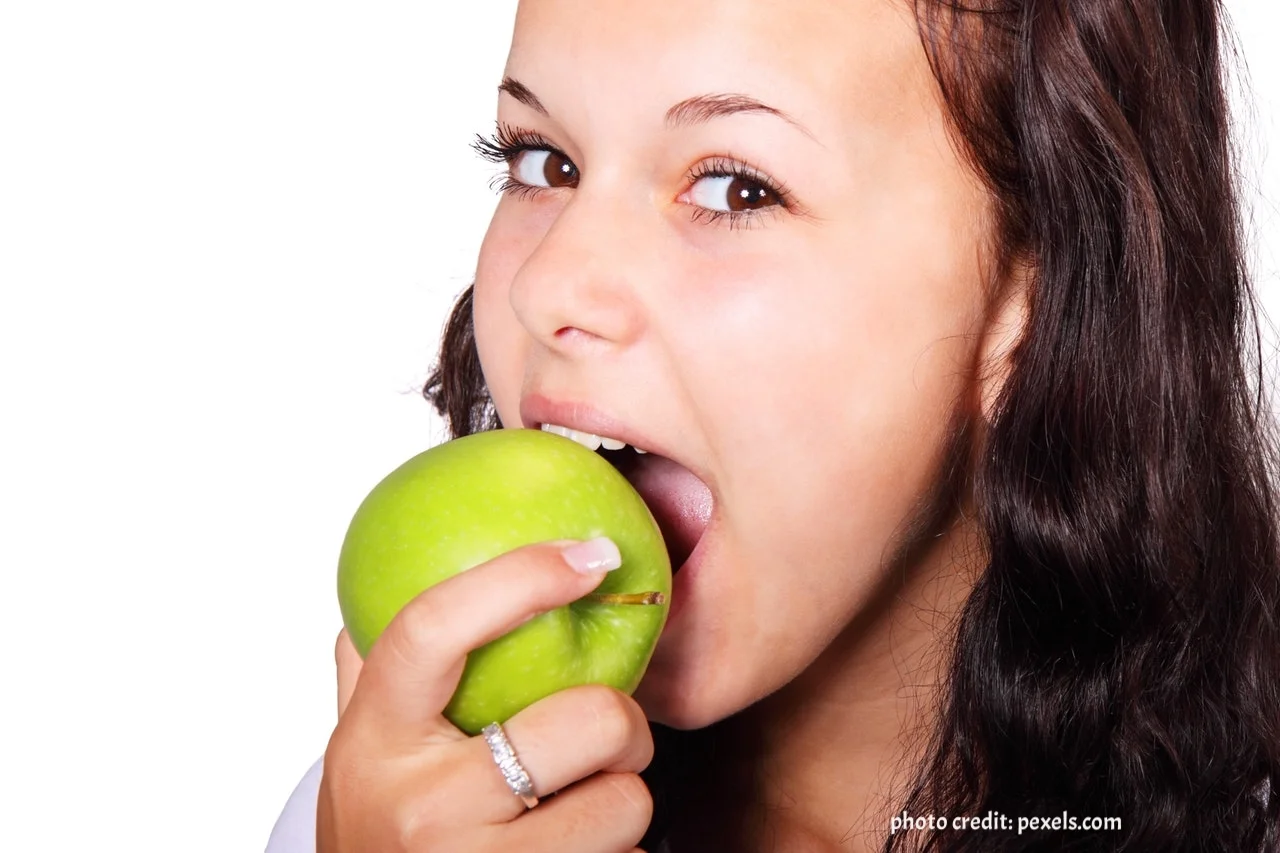7 Tips to Eat Healthy When You Don't Have Time to Eat
/Guest post by Leon Collier
We all move fast in a high-speed carousel and with that haste, we forget that one of our vital necessities is to feed ourselves.
Even if we can't change the way we work at the moment, we can use a few tricks when we don't have the time to cook a lavish meal.
It seems that we have no choice but to identify quick and effective ways to integrate healthy eating habits into the busy daily schedule. You’ll discover it in our recommendations, and along the way, you’ll also find ingenious solutions that can work for you.
Read More













































